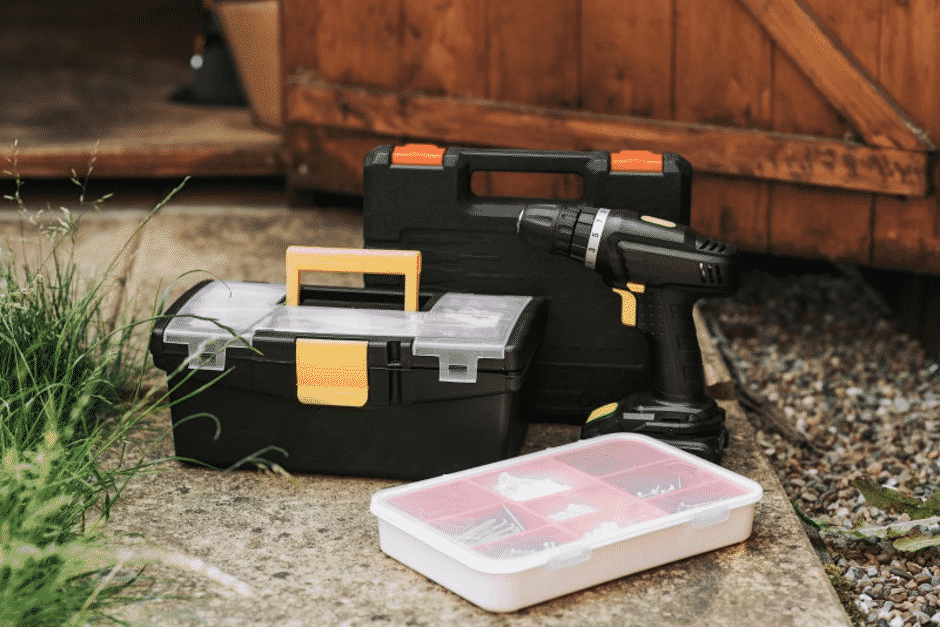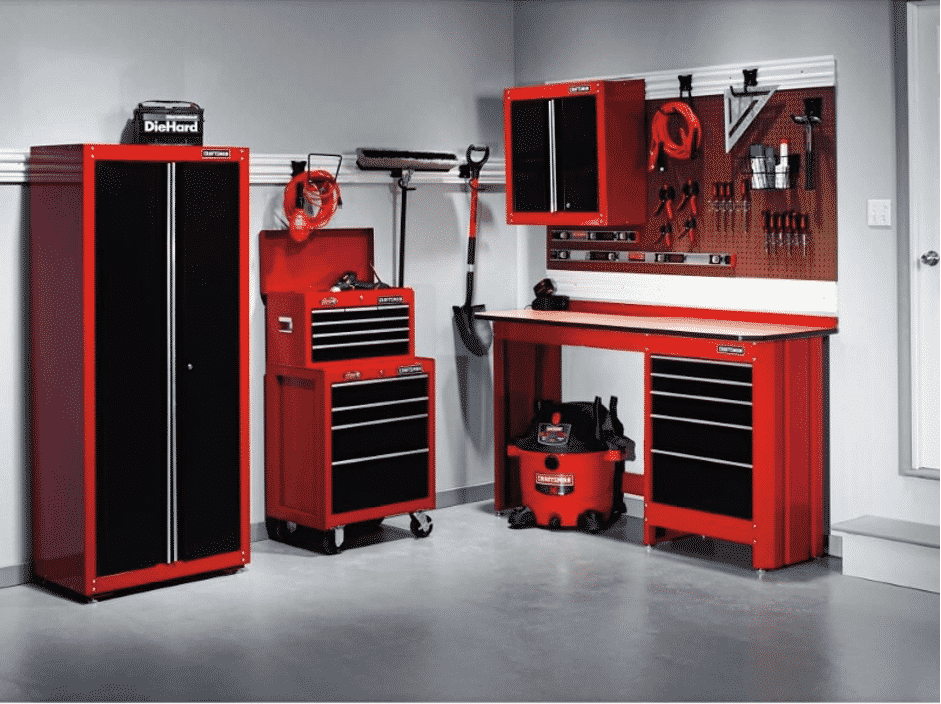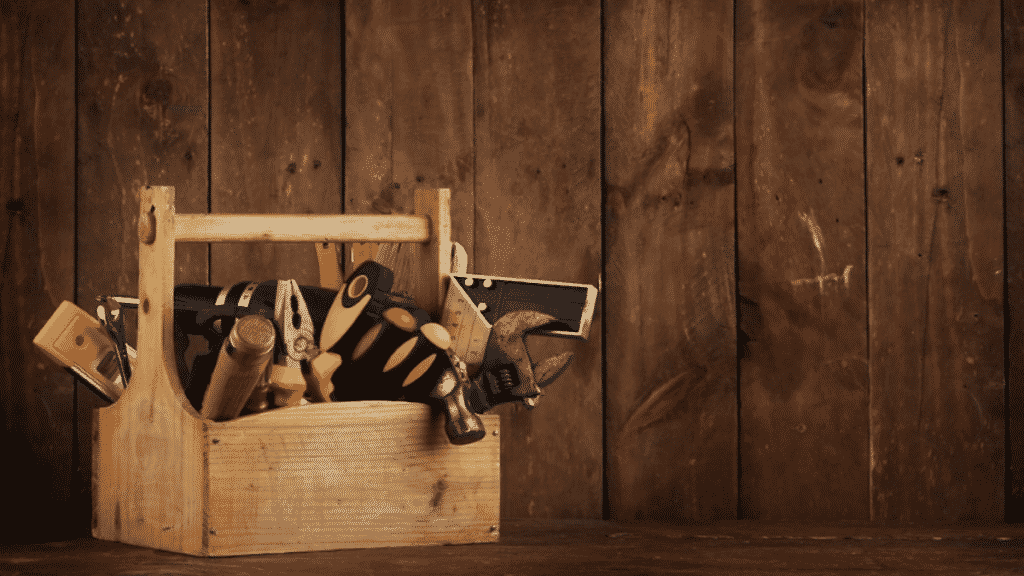Your workplace should always be as tidy and organised as possible in order to ensure maximum efficiency and reduce the risk of injuries. That being said, toolboxes are one way to organise all of your tools and other equipment you need to work with.
Toolboxes not only make everything more organised, but they make carrying the tools easier. On top of that, they offer protection. Even though tools are relatively durable, as they’re usually made of strong metals, if you’ve ever looked at any type of construction equipment for sale, you’ve probably noticed that it can get quite expensive. So, it doesn’t hurt to take an extra precautionary step in ensuring your investments are in top shape for as long as possible.
When we talk about toolboxes, we instantly picture a handheld toolbox that contractors, plumbers, electricians and other handymen carry. But there are toolboxes that are much larger in size, can house hundreds of different tools and equipment, and the only way to move them is by pushing them around. Having said that, if you’re looking for these invaluable pieces of construction equipment for sale, here are all the finer details you should pay attention to.
What Types of Toolboxes Are There?
The term toolbox refers to various types and shapes of storage solutions for tools. So, a toolbox can be a small portable box the size of a lunchbox that can carry a couple of nuts, screws and pins, or it could be a large storage system on casters that carries a range of construction equipment. Most toolboxes are made of metals or plastic, although the first toolboxes were mainly made of wood. Metal and plastic are the materials of choice as they can be mass-produced and they’re quite durable.

Plastic Toolboxes
These toolboxes are an affordable and effective means of storing tools that you may use every day. They’re also known as empty boxes, as they’re mainly used to store tools on a worksite, in the garage or in-home. However, there are some expensive models made of high-quality plastics that also include organisational extras, such as drawers, compartments, removable trays, and so on.
Aluminium Toolboxes
These toolboxes are a popular choice as of late, simply because aluminium as a material is strong and lightweight. Although their price is higher than that of plastic toolboxes, they generally last longer. These types of toolboxes are commonly used in the aviation, transportation and chemical industries, where durability and lightweight are a must.
Steel Toolboxes
Steel is the most heavy-duty material toolboxes are made of. They’re very durable and wear-resistant, even in the harshest working environments. Although they come on the more expensive side, they will likely outlast the tools, and they require no maintenance. Steel toolboxes are the go-to choice for industries where expensive equipment and tools are used and are the pillars of the business.
Things to Consider When Choosing a Toolbox Online
Storage Capacity
Whether you’re a handyman or business owner, everyone has different storage needs from their toolbox. An electrician will need a different toolbox than the average carpenter or mechanic. The number of tools you need to store will play a role in your choice. A person who needs just a few basic tools for home repairs, such as pliers, screwdrivers or hammers will need the most basic toolbox. A contractor, on the other hand, will require something more extensive to store their professional set of tools.

Portability
I briefly touched upon the subject of portability, but it’s one of the things that are of utmost importance when making a choice. Tools and construction equipment can be very heavy, and you may have to split them up in order to safely transport them. Here’s where the materials the toolbox is made of play a role. On top of that, every toolbox has a load capacity. So, you can’t house heavy tools in a toolbox that isn’t made of durable materials and isn’t overall well-made.
There are suitcase-style toolboxes accompanied by handles and wheels. These features are ideal for portability, as they make carrying your tools around almost effortless. If you’re going to carry the toolbox on uneven ground, such as a construction site, the quality and ergonomics of the handle should be your main priority. Ideally, you should look for toolboxes that have handles with grooves and rubber grips.
Appearance
If your toolbox is going to be in plain sight of customers, you should consider getting one that looks good. Not only does this attract potential customers, but having something that’s visually appealing to you will encourage you to keep good care of it and enjoy working with it.
Colour and Coating
While this doesn’t matter for toolboxes intended for domestic use, some colour coatings and codes are mandatory for toolboxes used in industrial areas. If you’re buying a toolbox for professional use in a specific industry, refer to the relevant safety and regulation standards to make sure you buy the right toolbox.
Price
Toolbox prices vary greatly. You can find basic toolboxes that cost $50 or less, but you can also find toolboxes that resemble entire cabinets and can store thousands of tools, costing up to several thousand dollars. Think about how often you’re going to use the toolbox, especially if you’re considering investing in an expensive one. A second-hand toolbox can be the better option, as long as it’s in decent condition. You won’t need a high-end toolbox if you’re going to store a few pliers, screwdrivers and bolts.
Brand
While buying a branded toolbox isn’t necessary, it does come with a few notable advantages. For instance, toolboxes from a particular brand can be designed to house a wide range of tools from the same brand. You can even buy a toolbox that comes with hundreds of tools and accessories, all housed together neatly, ensuring you’re well-equipped for any task at hand. Some of the most popular brands include DeWalt, Paslode, Milwaukee, Makita and Bosch.
